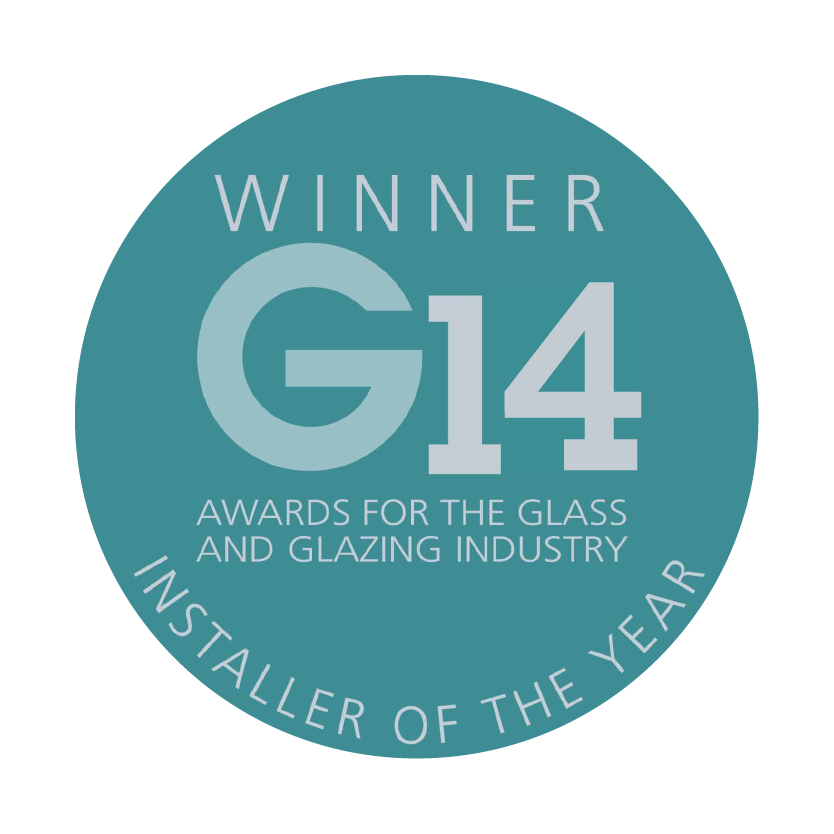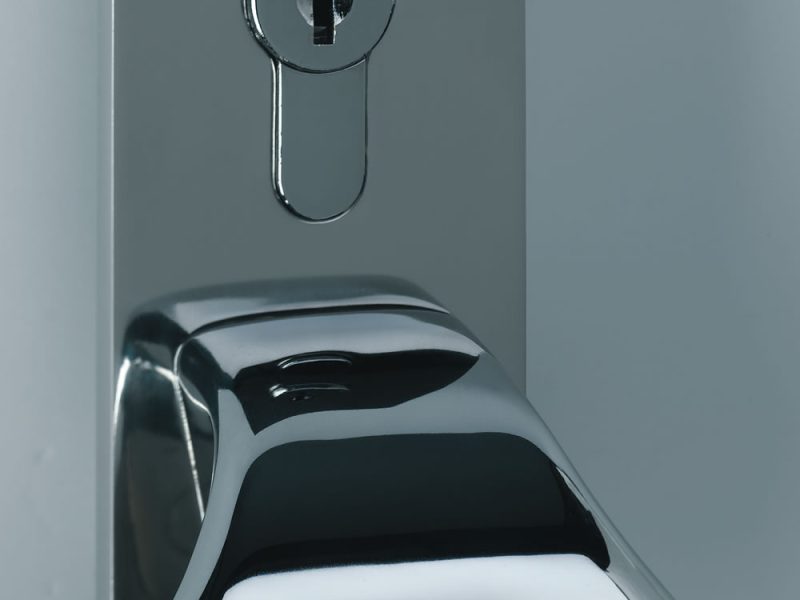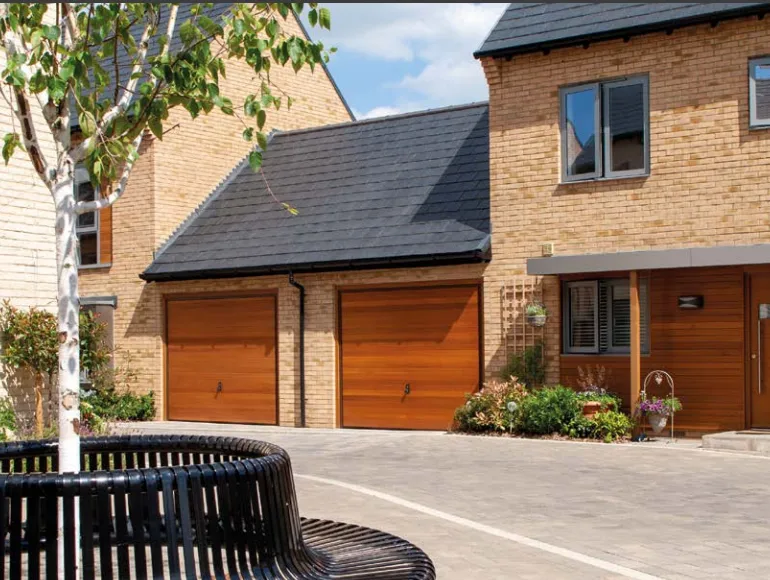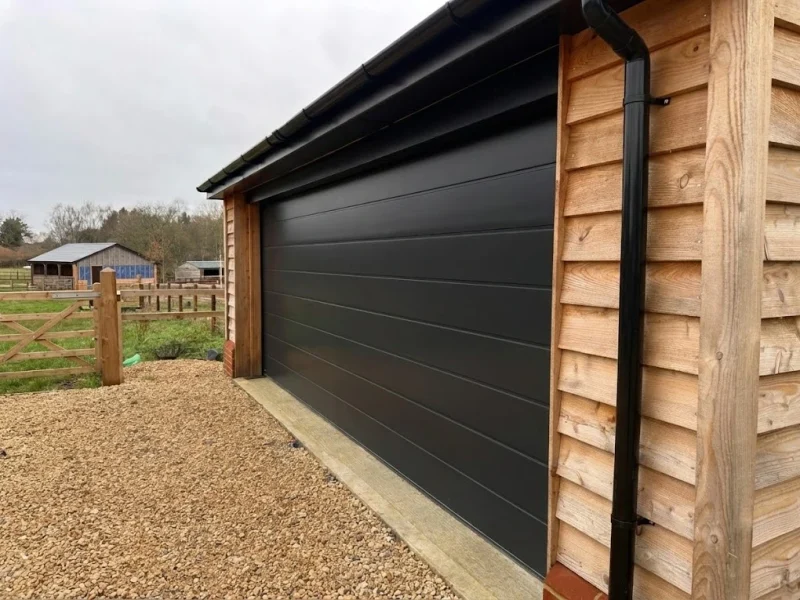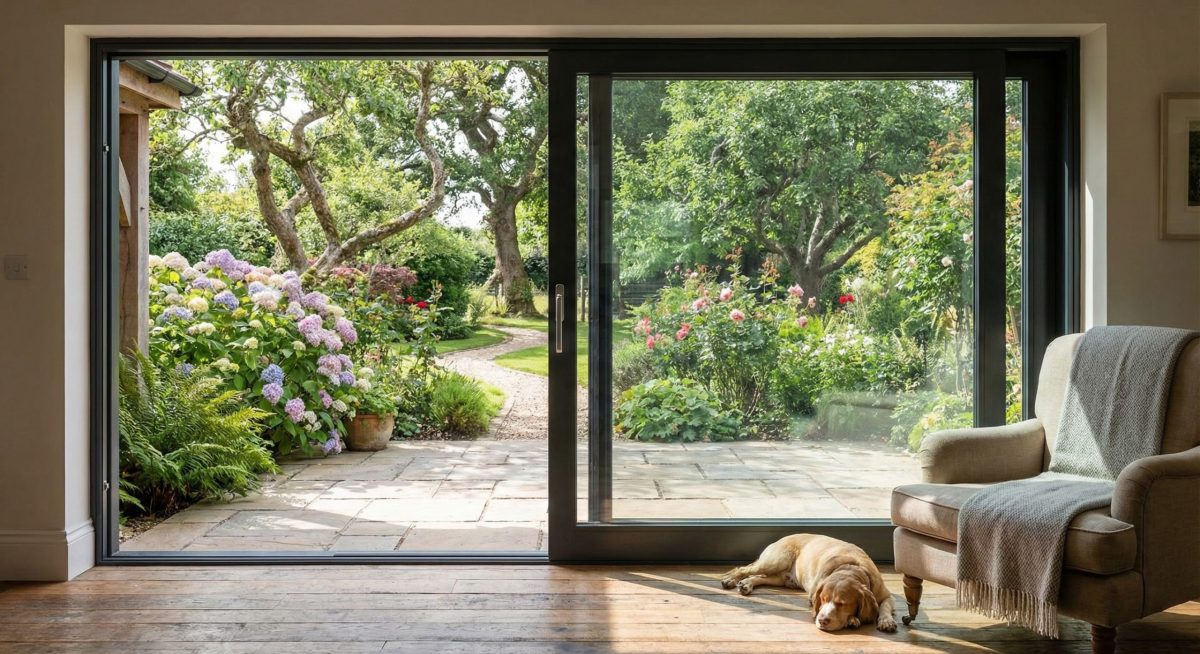
Timber - PVC - Aluminium - Windows, Doors & Conservatories in Hampshire
Bifold vs. Sliding Doors: The Ultimate Decision Guide (2025)
Bifold vs. Sliding Doors: The Ultimate Decision Guide (2025)
Topic: Doors & Renovations
Region: Andover, Hampshire & Wiltshire
⚡ The Quick Verdict
Choose Bifold Doors if: You want to completely remove the wall between your home and garden. They open 90% of the aperture, making them ideal for summer entertaining in smaller openings (under 3m).
Choose Sliding Doors if: You value the view *through* the glass when the doors are closed. They have much thinner frames (sightlines) and fewer vertical bars, making them perfect for larger openings (over 4m).
It is the biggest debate in modern home renovation. You want to connect your kitchen or living room to the garden, but which system is best: the concertina folding action of a Bi-fold, or the sleek, gliding motion of a Sliding Door?
At KJM Group, we install hundreds of both every year across Andover, Winchester, and the wider Hampshire area. We know that neither is “better” in isolation—but one will be better for your specific home.
Table of Contents
1. Comparison at a Glance
Before diving into the technical details, compare the key features that matter most to homeowners.
| Feature | Bi-Folding Doors | Sliding Patio Doors |
|---|---|---|
| Opening | 90% Clear. Leaves a totally open wall. | 50-66% Clear. Glass panes overlap. |
| The View | Broken up by vertical frames every ~1m. | Panoramic. Huge glass panes, minimal frame. |
| Access | Excellent. Can include a single “Traffic Door” for daily use. | Good. Must slide open the main panel to exit. |
| Sightlines | Approx 132mm (where doors meet). | Slimline. As thin as 20mm on modern aluminium systems. |
2. The Case for Bifold Doors (The “Open” Wall)
Bifold doors are designed for people who want to erase the boundary between inside and outside.
Their superpower is the ability to fold completely out of the way. If you love hosting summer BBQs where guests drift between the kitchen and the patio, nothing beats a bifold.

💡 The “Traffic Door” Advantage
One major advantage of Bifolds (specifically those with an odd number of panels, e.g., 3, 5) is the Traffic Door. This acts like a normal back door. You can pop out to hang the washing or let the dog out without unlocking the entire folding mechanism. Sliders generally do not offer this.
3. The Case for Sliding Doors (The “Glass Wall”)
Sliding doors have made a massive comeback in recent years. Why? Because of Architecture.
Modern sliding doors, like our Smart Visoglide range, can support huge panes of glass (up to 2.5m or even 3m wide). This creates a “wall of glass” effect.
If you have a beautiful view of the Hampshire countryside, a sliding door frames it like a picture. A bifold door, by comparison, would break that view up with several vertical frames.

4. Sightlines: The Frame Difference
This is the technical detail that usually sways the decision. The “sightline” is the amount of frame you see where two doors meet.
- Bifold Sightline: Typically around 132mm. Because two frames have to fold against each other, there is a chunk of aluminium or uPVC visible every metre or so.
- Slider Sightline: Modern aluminium sliders have an “interlock” (where the doors overlap) as slim as 20mm to 35mm.
KJM Recommendation: If your door is closed for 80% of the year (which, let’s be honest, in the UK climate it is), a Sliding Door gives you a better view. If you live for those 10 weekends of perfect summer weather, the Bifold wins.
5. Which Costs More?
This is a common question, but the answer is surprising: They are often very similar in price.
While Bifolds require more complex gearing (hinges, rollers, guides) and more fabrication time, Sliding Doors usually require larger, thicker, and heavier glass units (often toughened or laminated for safety). These costs tend to balance each other out.
However, Triple Track sliding doors or systems with exceptionally large glass spans can command a premium due to the specialist installation required.
6. Frequently Asked Questions
Technically, Sliding Doors often have a slight edge. This is because they have fewer frame joints and a higher ratio of glass-to-frame. Glass (especially high-spec Low-E units) is an incredible insulator. However, modern Bifolds with thermal breaks easily meet Part L building regulations.
Yes, on both systems, but with a warning. A truly “flush” threshold has no weather rating (it will leak in driving rain). We always recommend a Weathered Threshold which has a small upstand (approx 15-20mm) to seal against the wind.
This is where Sliders win. A single sliding sash can be up to 2.5m or 3m wide. A bifold sash is generally limited to 1.2m wide. If you have a 6-metre opening, you would need 5 or 6 bifold panels (lots of frame), but only 2 or 3 sliding panels (lots of glass).
- 2026 Design Trends: The 4 Window & Door Styles Defining the Year - 19 December 2025
- The 2026 Glazing Outlook” – High-level summary of the pivot to growth. - 9 December 2025
- Industry News: The Future Homes Standard 2025 & What It Means for Your Windows - 1 December 2025




